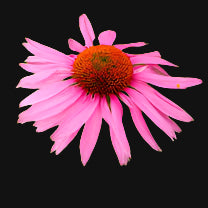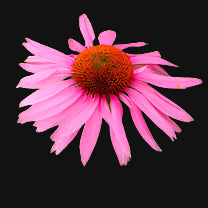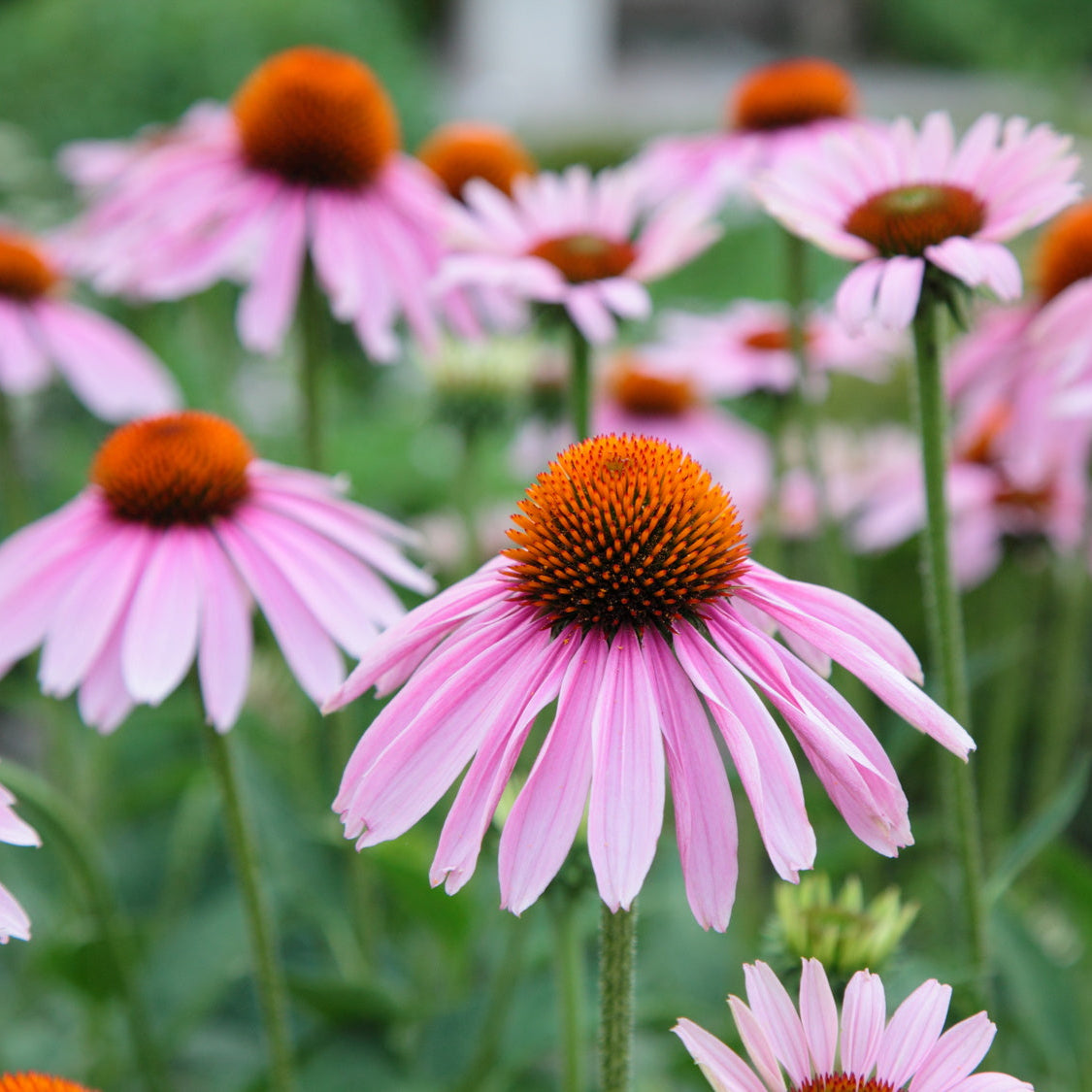Seed the Change!
Seeds of Diversity Canada estimates that nearly 75% of vegetable varieties have disappeared. 25% of native plants are at risk and diversity in flower gardens is shrinking.
We are working to restore the biodiversity that was once common in gardens, farms, and nature around Canada!
Echinacea
Echinacea
Echinacea purpurea
Out of stock
Height 0.6-1.2m (2-4ft) Spread 0.3-0.6m (1-2ft)
- Weight: 1g / 0.04oz
- Product Count: 50
- Growing Difficulty: Easy
- We ship Wednesdays !
Couldn't load pickup availability
All our seeds are 100% Canadian Grown, Processed-by-Hand, Non-GMO, Certified Organic, and Open Pollinated. From our 10-acre Seed Farm in Metchosin, BC since 2004.
Quick Notes
- Hardy perennial with striking purple flowers
- Drought-tolerant and low-maintenance once established
- Popular for herbal remedies and natural immune support
- Attracts butterflies and may help repel deer
- Excellent for pollinator gardens and cut flower arrangements
About Echinacea
Echinacea (Echinacea purpurea), also known as purple coneflower, is a resilient perennial herb prized for both its ornamental beauty and medicinal properties. With tall, daisy-like blooms in shades of purple, echinacea is a pollinator-friendly plant that attracts bees and butterflies while also making an excellent cut flower.
Drought-tolerant once established, this hardy perennial thrives in a variety of soil conditions and requires minimal care. Traditionally used in herbal medicine, echinacea is widely valued for its immune-boosting properties and has been a staple in natural remedies for centuries.
Where Can You Grow Echinacea?
Echinacea thrives in Zones 3-9, preferring full sun and well-drained soil. It is ideal for pollinator gardens, medicinal herb beds, and perennial borders. It can also be grown in large containers for patio and urban gardens.
History and Historical Uses
Native to North America, echinacea has a long history of use among Indigenous peoples for its medicinal benefits, particularly for immune support and wound healing. Over time, it became widely cultivated for both ornamental and herbal uses, and remains a popular choice for natural remedies today.
Canadian Zone Information
Zones 8-9: Direct sow in autumn or early spring for strong early blooms.
Zones 5-7: Start seeds indoors in late winter or direct sow in early spring.
Zones 3-4: Direct sow in spring or mulch heavily in winter to protect young plants.

How to Grow and Harvest Echinacea
- Planting: Sow seeds 3mm (1/8in) deep, spacing plants 30-45cm (12-18in) apart.
- Watering: Keep soil moist until established, then water sparingly.
-
Harvesting:
- Flowers: Harvest when fully open for use in floral arrangements.
- Roots & Leaves: Dig roots in fall of the second year for herbal use, or dry leaves for tea.
- Maintenance: Remove spent blooms to encourage continuous flowering or leave them for self-seeding.
Seed Saving Tips for Future Supply
- Allow to Flower and Seed: Leave some blooms to mature and dry on the plant.
- Harvest Seeds: Once flower heads turn brown, collect seeds before they scatter naturally.
- Dry and Clean: Remove seeds from husks and spread them on a towel to fully dry.
- Store: Keep seeds in an airtight container in a cool, dark place. Properly stored seeds remain viable for up to 3 years.
Certified Organic By
Islands Organics Producers Association (Cert#1962)




